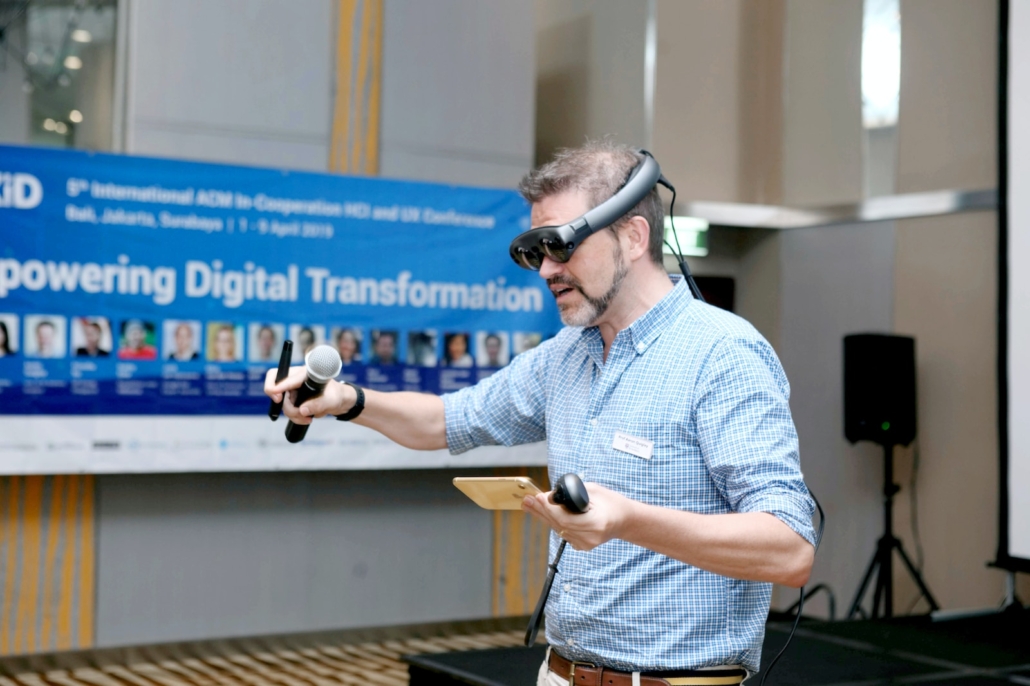Boost Your Bottom Line with Augmented Reality: A Business Owner’s Guide
Can augmented reality (AR) boost your business’s bottom line? This groundbreaking technology has the potential to revolutionize the way businesses interact with customers and enhance their overall experience. While some may dismiss AR as a passing fad or a mere gimmick, forward-thinking business owners understand its potential to drive profits and gain a competitive edge. In this comprehensive guide, we will delve into the world of augmented reality and explore how it can help businesses across various industries unlock new opportunities for growth.
The Evolution of Augmented Reality
Augmented reality has come a long way since its inception and is no longer confined to the realms of science fiction. With the advent of powerful smartphones and advanced computing capabilities, AR has become more accessible than ever. By overlaying computer-generated content onto the real world, AR provides users with an immersive experience that blurs the line between reality and virtuality.
Initially, AR found its footing in the gaming industry with the phenomenal success of Pokémon Go, capturing the imagination of millions worldwide. However, the potential applications of AR extend far beyond gaming. From retail to healthcare, real estate to manufacturing, businesses of all kinds are finding innovative ways to leverage this technology to their advantage.
Enhancing Customer Engagement and Experience
One of the key benefits of AR for businesses is its ability to enhance customer engagement and experience. By integrating AR into their mobile apps or websites, businesses can offer customers a unique and interactive way to explore their products or services. For example, furniture retailers can allow customers to visualize how a particular piece of furniture would look in their living room. This not only increases customer satisfaction but also reduces the likelihood of returns, saving businesses money and improving their bottom line.
Another area where AR can make a significant impact is in the realm of virtual try-ons. Beauty brands, for instance, can enable customers to virtually try on makeup or skincare products through their smartphones, saving them the hassle of visiting a physical store. By bridging the gap between online and offline shopping experiences, businesses can drive sales and cultivate customer loyalty.
Fostering Collaboration and Innovation
AR is not just limited to enhancing customer-facing experiences; it also has the potential to revolutionize internal business processes. By leveraging AR, businesses can streamline collaboration and foster innovation among their teams. For instance, engineers working on complex projects can use AR glasses to visualize and interact with 3D models, leading to more efficient problem-solving and accelerated product development timelines.
Moreover, AR can play a crucial role in training and upskilling employees. By overlaying step-by-step instructions onto physical objects or machinery, businesses can provide immersive training experiences that are safer, more engaging, and result in better knowledge retention. This can ultimately translate into increased productivity and cost savings for businesses.
Challenges and Considerations
While the potential of AR is vast, businesses must also consider the challenges that come with its implementation. Firstly, there is a significant upfront investment required to develop AR applications or integrate the technology into existing systems. Additionally, businesses must ensure that their target audience has access to compatible devices capable of supporting AR experiences.
Data privacy and security are also critical considerations. As AR relies on gathering and processing real-time data, businesses must ensure the protection of user information and comply with relevant data protection regulations. Failure to do so can not only harm a business’s reputation but also expose them to legal and financial consequences.
The Future of AR in Business
The future of AR in the business world looks incredibly promising. As the technology continues to advance, the costs associated with its implementation are likely to decrease, making it more accessible to small and medium-sized businesses. Moreover, the integration of AI and machine learning into AR can open up new possibilities, such as personalized AR experiences and predictive analytics.
In conclusion, augmented reality has the potential to transform the way businesses operate and interact with customers. By embracing this technology, business owners can boost their bottom line, enhance customer engagement, foster collaboration, and drive innovation. While challenges need to be addressed, the benefits of integrating AR into business strategies far outweigh the risks. As the business landscape becomes increasingly digital, the question is not whether businesses should embrace AR, but rather when and how they can do so effectively.





